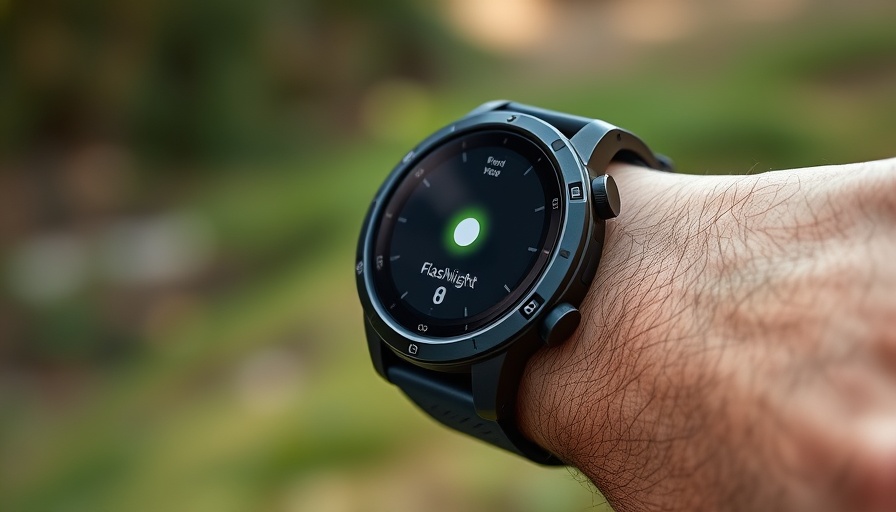
AI-Powered Creativity: The New Age of Engineering
The landscape of engineering is transforming, with technology evolving to enhance creative possibilities rather than replace human roles. A quarter of Y Combinator’s anticipated startups for 2025 are reportedly utilizing AI to compose as much as 95% of their code. This statistic prompts a crucial inquiry: Are we witnessing a decline in coding jobs, or are we simply observing a redefined landscape of coding?
At the heart of this innovation is what is termed as “vibe coding.” This technique allows engineers to express their intents through natural language, while AI takes charge of the syntax, leading to more sophisticated and efficient systems built through collaboration rather than mere typing.
Understanding Vibe Coding: A New Paradigm Shift
Vibe coding envisions a collaborative relationship between humans and machines, redefining the traditional role of data engineers. Rather than solely focusing on writing verbose instructions, engineers articulate their goals using everyday language. In turn, AI interprets these inputs and translates them into coherent code, effectively transforming the coding paradigm into an interactive and intuitive dialogue.
This method stands apart due to its cooperative essence. Engineers can work alongside AI tools, enhancing problem-solving capabilities and expediting strategy and iteration in ways that conventional coding could not achieve. Such creativity demands that engineers transition from executing code to orchestrating complex systems that meet dynamic business objectives.
What Does the Evolving Role of Data Engineers Look Like?
Historically, data engineering has been marked by cumbersome code-writing, laborious maintenance, and brittle data systems. However, within a vibe coding framework, data engineers adopt new roles akin to architects. They pivot from being code executors to strategic designers of data architecture who delineate goals, parameters, and constraints. This evolution broadens their creative potential, allowing them to design resilient, adaptable systems that meet contemporary business demands.
Practical Impact: How Vibe Coding Is Reshaping the Industry
Vibe coding isn’t just theory; it’s manifesting in real-world scenarios and actively reshaping enterprise approaches to data management:
- Data Integration: Engineers can now specify integration goals instead of laboriously coding every step. AI swiftly generates processes for ingesting and normalizing data, reducing timelines from weeks to mere hours.
- Identity Resolution: The once tedious task of merging fragmented customer records across platforms has become more agile. Engineers guide the AI to form unified customer profiles, enhancing the swift analytics needed in today’s market.
- Data Governance and Compliance: With a simple prompt, engineers can instruct AI to pinpoint sensitive data fields, embedding compliance measures from inception and reducing associated risks.
Despite these advancements, engineers maintain control over the systems they design, allowing more time for deft problem-solving rather than tedious syntax labor.
Embracing the Future in Smart & Connected Homes
For the tech-savvy young homeowners in London, the implications of vibe coding extend beyond pure engineering. Smart and connected home technologies are poised to thrive with this paradigm shift. Home automation systems can incorporate more intuitive setups thanks to AI's capacity to learn user habits and adapt accordingly. As AI takes over repetitive tasks and enhances data analytics, homeowners can focus on creative improvements and personalized solutions that truly enhance their living spaces.
By transitioning from traditional coding techniques to vibe coding, engineers not only foster innovation but also elevate the quality of life for users within connected homes. The potential benefits encompass tailored solutions in energy efficiency, convenience, and the overall enhancement of family life, creating kinder and more responsive environments.
Build Your Future with AI-Driven Insights
As the engineering field evolves in the face of AI advancements, young homeowners are encouraged to embrace these innovations. Understanding how vibe coding and AI capabilities can transform home infrastructure opens new doors for sustainable and eco-friendly living. We can make informed decisions to harness technology for meaningful enhancements in our homes.
So, if you're curious to explore how AI can elevate your home’s design and functionality, take action. Stay informed and seek out resources that illuminate these trends. Your smart, connected home awaits its creative potential!
 Add Row
Add Row  Add
Add 




Write A Comment